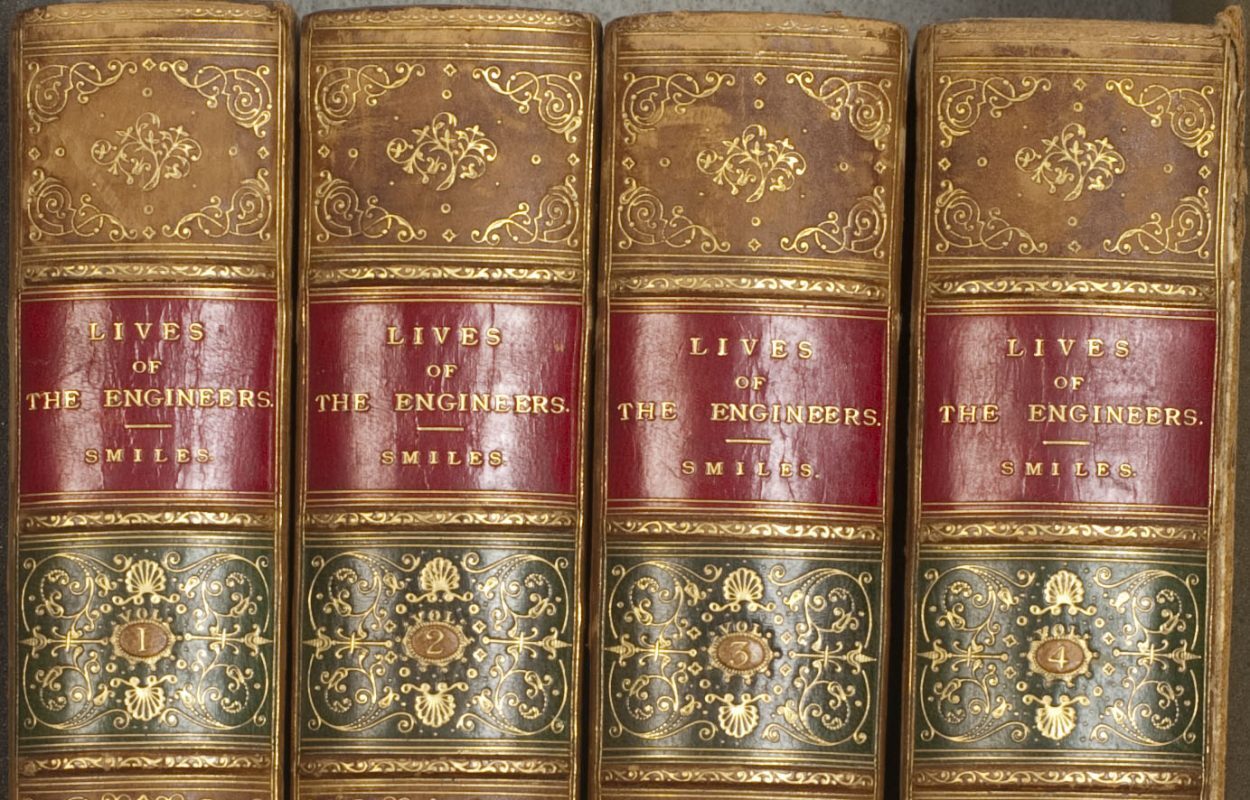Year 11 – 1871: Report on the Sale of Bad Meat in Boston
Published: Boston, 1871 After “a portion of a diseased animal was sold at Faneuil Hall Market” in 1871, resulting in the death of a local butcher, more than a few Bostonians were outraged. The city promptly undertook this official investigation, which focuses on the deplorable conditions under which cattle were transported and killed. “Under the most favorable circumstances,” the report reads, “they leave the train panting, fevered, and unfit to kill; under the least favorable, a regular percentage of dead animals is hauled out of the cars.” Perhaps it comes as no surprise to us today as we look back […]
